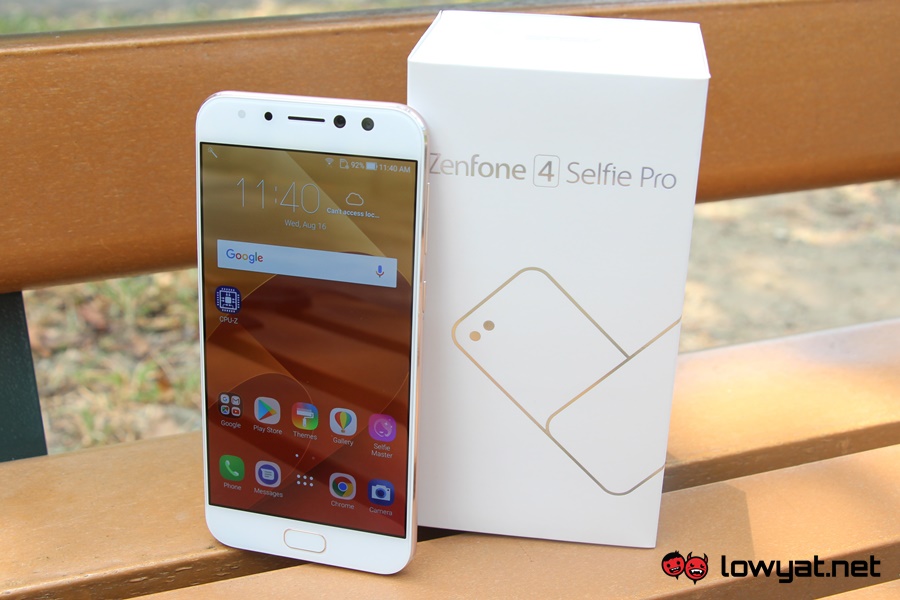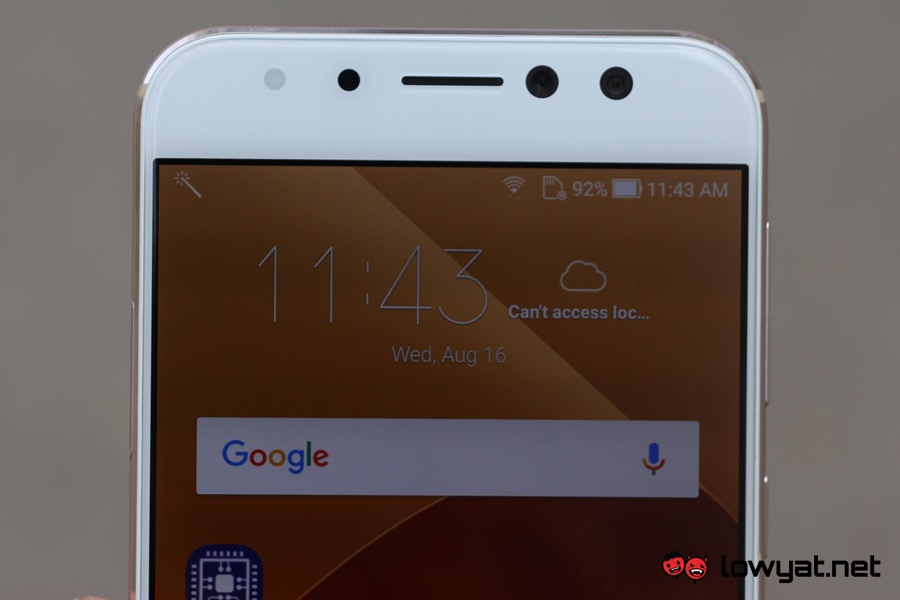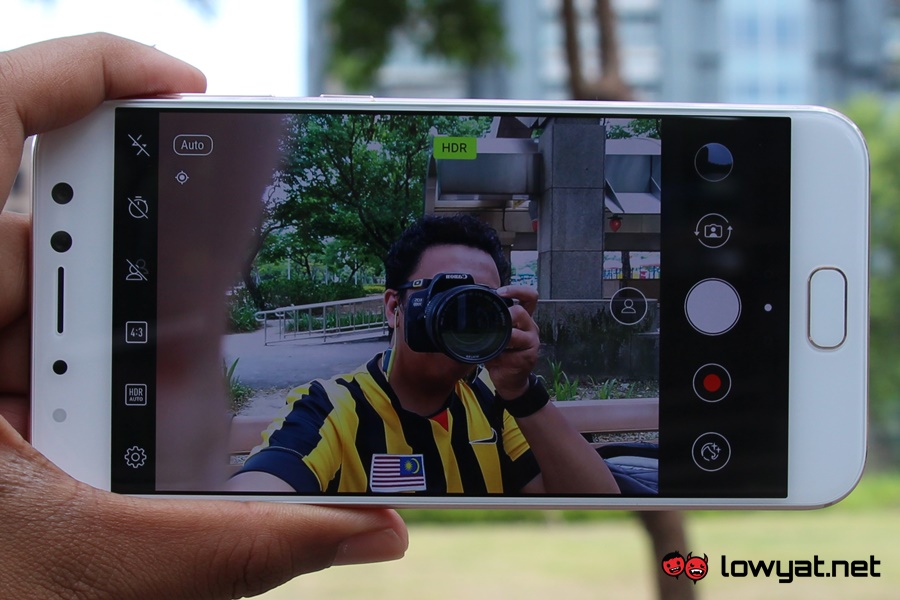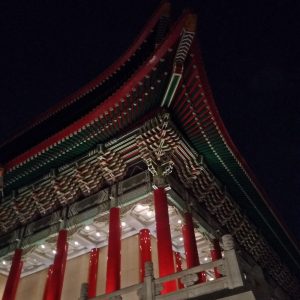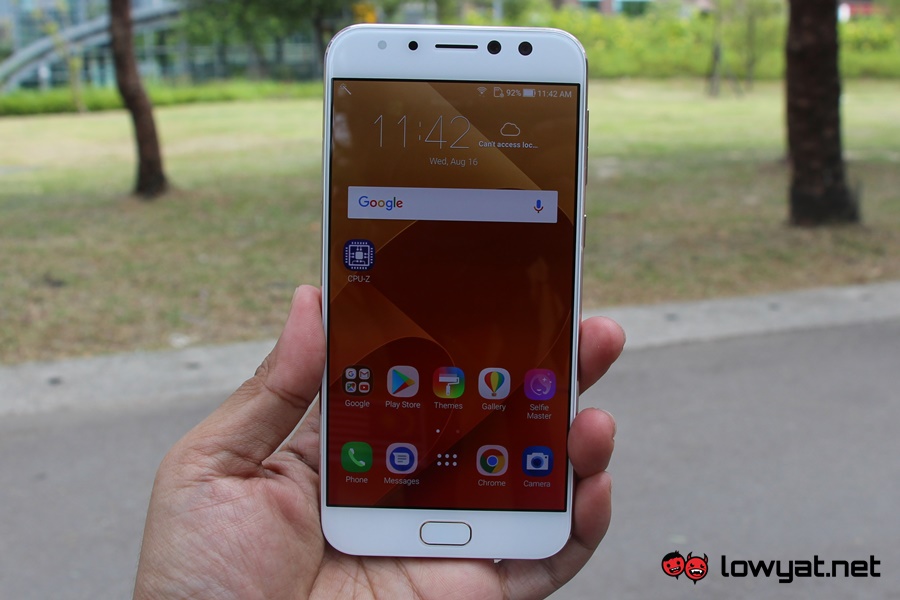Despite being part of the 4th generation ZenFone family, the new ZenFone 4 Selfie Pro is actually a second-generation product – a follow-up to the original ZenFone Selfie that was launched in 2015. While the objective of the phone is still about bringing the best selfie experience to users, ASUS has slightly changes its approach for ZenFone 4 Selfie Pro as well as its lower-end sibling, the ZenFone 4 Selfie.
In the original ZenFone Selfie, its front camera is generally a slightly modified version of the camera on its back. With the new ZenFone 4 Selfie devices, the implementation is totally different altogether as ASUS has opt for a set of two cameras on the front while using a traditional single camera setup on their back.
That’s not to say that the rear camera of the phone was abandoned to the pits but after using it for around 31 hours around Taipei prior to the launch event, it is quite clear to me that ASUS engineers have indeed spent a little bit more time on the two front cameras. That being said, the setup that ASUS has choose to implement for the front camera on ZenFone 4 Selfie Pro is rather peculiar.
Case in point: ASUS has touted phone’s main front camera as the 24MP DuoPixel camera. However, the native resolution of the Sony IMX362 sensor in the camera is actually 12MP but the team behind the phone claimed that the sensor has twice the number of light-capturing photodiodes per microlens as compared to conventional 12MP sensor.
In other words, the sensor apparently able to capture more data than most 12MP sensors out there to the extent that it allows ASUS engineers to implement an algorithm to enable ZenFone 2 Selfie Pro to combine those information together and produce 24MP images. Furthermore, the company claimed that its DuoPixel technology able to produce better output than using standard interpolation technique.
As for the role of the secondary front camera which utilizes a 5MP sensor from Omnivision, it is pretty much made for group selfie (also fondly referred to as wefie) due to its wide-angle 120-degrees lens. Technical details aside, what more important is how the end results looks like:
From my 31 hours experience with ZenFone 4 Selfie Pro, I noticed that the phone’s front camera has an excellent face tracking capability. Not only that it able to lock to one’s face very quickly most of the time but is also able to continue to do so even when the subject is moving around to certain extent:
Additionally, it also takes less than two seconds to switch from one front camera to another. However, I’m not fond of the fact that the phone not only goes directly into selfie camera but activates it beautify mode as well when launched from the lock screen. While it made sense for a selfie-oriented smartphone to be set in that manner but it would better if users are able to set the option themselves.
How about ZenFone 4 Selfie Pro’s rear camera? Equipped with 16MP Sony IMX351 sensor and f/2.2 lens, its PDAF system generally works rather well regardless of the lighting condition. That being said, its output seems to be prone to underexposure and has rather average performance under low-light conditions although it does shine from time to time:
Featuring a metal chassis with a thickness of 6.85mm, the ZenFone 4 Selfie Pro is quite light and comfortable to hold. However, its physical design might seem rather generic and not as distinctive as previous ZenFone devices.
All in all, the decision made by the team behind ZenFone 4 Selfie Pro to take additional time to craft this selfie-oriented phone seems to be quite fruitful although there are still a lot of rooms for improvement especially in camera quality which can be delivered through software updates from time to time.
At RM 1799, it’s a very competitive price tag and I would say that the new ASUS ZenFone 4 Selfie Pro might able to make a mark in the growing selfie smartphone market in Malaysia.
Follow us on Instagram, Facebook, Twitter or Telegram for more updates and breaking news.


